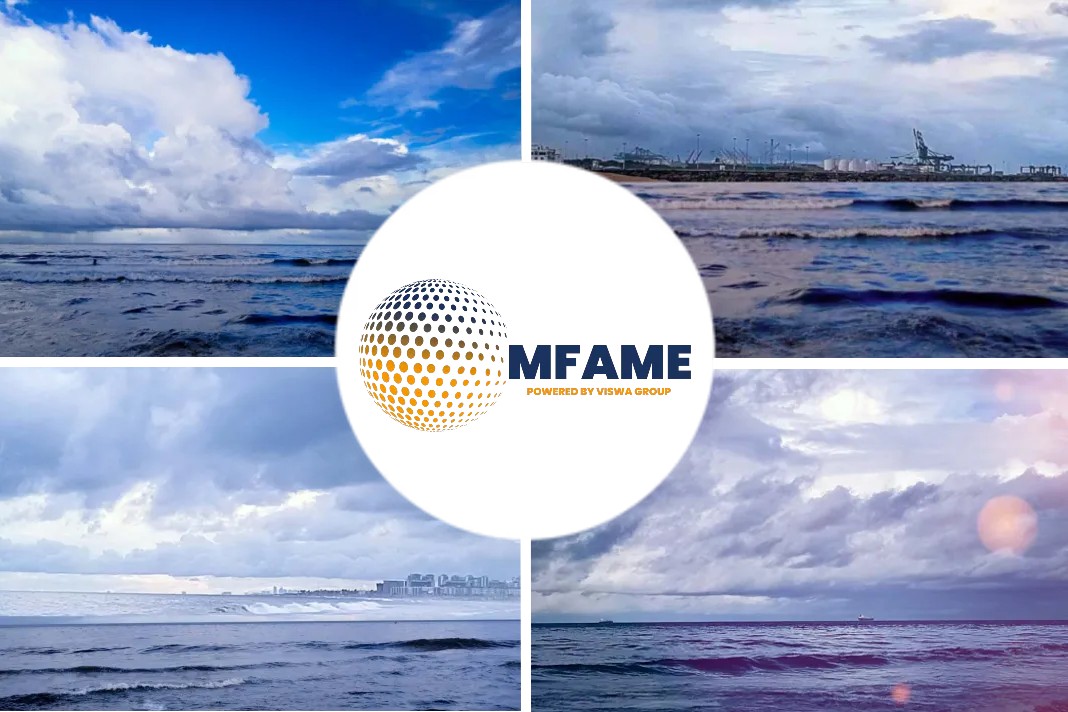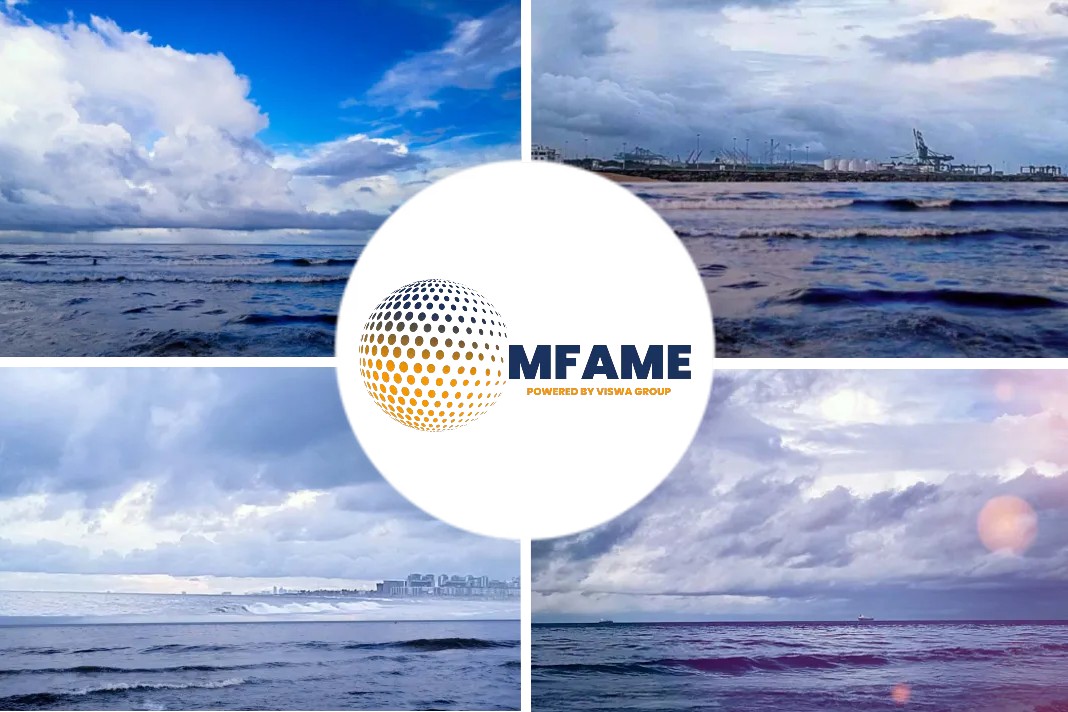- The USCG set a higher standard than IMO which led, it being seen as a gold standard.
- There are now 16 type-approved ballast water treatment systems.
- By the end of 2019, there could be 27 type-approved BWMS, providing options for nearly every type of passenger craft operating in US waters.
- The Vessel Incidental Discharge Act (VIDA) was passed by the US Senate at the end of 2018 which brings USCG in line with IMO.
A ballast water management system is often made up of three distinct stages: the pump, the filter/treatment and the processor. Developing the industry has been similar, reports Passenger Ship Technology.
The Three Stages
The pump stage was when IMO introduced the Ballast Water Management Convention (BWMC) which resulted in a rush of over 60 potential ballast water management systems (BWMS) seeking IMO type-approval. The second stage has been filtration in that the US Coast Guard set its own standard. Now the ballast water industry is approaching the third stage: a level of approval harmonisation and forming an industry body.
Race To Get USCG-Type Approval
The pump stage has long dissipated and it is rare for a new BWMS system to be launched. The filter stage was the decision by the USCG to set a higher standard than IMO which led, for better or worse, to USCG type-approval being seen as a gold standard, and that is how it is portrayed in the marketing of those companies that have spent millions of dollars achieving that standard. There are now 16 type-approved ballast water treatment systems.
More are seeking approval, and the latest is Miura of Japan, which has applied for type-approval for its HK-S(E) ballast water treatment system. This brings the number of BWMS awaiting USCG approval to 11. By the end of 2019, there could be 27 type-approved BWMS, providing options for nearly every type of passenger craft operating in US waters.
This could be expanded further through harmonisation between the testing methodologies between the USCG and IMO. Following a bipartisan agreement on language, the USCG Authorization Act with the attached Vessel Incidental Discharge Act (VIDA) was passed by the US Senate at the end of 2018.
About VIDA
The implications of VIDA are many but essentially it brings USCG type-approval methodologies in line with those of IMO. This includes:
- VIDA contains language that allows that organisms that can no longer reproduce after ballast water treatment are not considered ‘living’. In other words, dead now also means unable to reproduce.
- Under VIDA the USCG is required to provide details on how it will test for reproduction in grow-out organisms.
- The USCG must also consider the most probable number (MPN) methodologies for determining the number of organisms in treated ballast water. This reverses an earlier USCG ruling insisting on the alternate ‘vital stain’ method.
The change in language and the passage of VIDA through the Senate is a long-term boost to the whole of the ballast water treatment industry as it opens the door to a wider range of treatment systems from different manufacturers.
The Trojan Marinex
One of those is Trojan Marinex, whose spokesperson told Passenger Ship Technology “The Bill unequivocally requires the USCG to adopt a reproductive method based on best available science. As many know, the rest of the world through IMO adopted the MPN method as the best available science for a reproductive method in July 2017. We believe this harmonisation is a major step forward for shipowners around the world as it allows for the appropriate and cost-effective use of UV treatment for ballast water management systems.”
What will the MPN method be?
However, the USCG has yet to instruct on the MPN method. This could take some time. BIO-UV Group’s president and chief executive Benoît Gillmann noted that the US Administration’s approval of VIDA and the acceptance of MPN methodology does not alter the status quo until the US Coast Guard has drafted policy detailing reproductive methods.
“For the moment, the method in force today in the US is the CMFDA process. But whatever the possible modification and/or relaxation of the US rules, the UV dose must remain significant to treat all water types and a system like BIO-SEA is and will continue to be a safe choice for shipowners while staying very competitive,” said Mr. Gillmann.
The First USCG Type-Approval
The first BWMS to receive USCG type-approval was Optimarin of Norway, which won a contract to install its systems on three Royal Caribbean International flagship vessels.
The Norwegian-based ballast water treatment specialist has now retrofitted its technology on Independence of the Seas and Mariner of the Seas, with installation on Grandeur of the Seas set for Q1 2019.
“An agreement of this nature with a world-renowned operator is very special,” commented Optimarin chief executive Tore Andersen. The fact Optimarin has been selected provides not only an endorsement of their simple, reliable and market proven UV-based technology, but also demonstrates that world leaders turn to them when it comes to ensuring total global compliance.
“We have always been a regulatory frontrunner, since our very foundation in 1994, and were the first manufacturer to achieve full USCG approval in December 2016. That means we don’t simply provide systems, we provide peace of mind. For a ‘heavyweight’ cruise champion like Royal Caribbean that is priceless – allowing optimal fleet flexibility, no matter where their business takes them.”
How are Optimarin’s systems?
Optimarin’s systems are modular in construction, allowing them to be retrofitted in almost any vessel, regardless of space restrictions – a crucial factor for these feature-packed ships.
“We focus on exceeding expectations and optimizing performance, that applies as much for industry and regulatory standards as it does for passenger experience,” commented Royal Caribbean superintendent, technical systems, global marine operations Jorge E Coronado. “With a fleet that sails throughout the world – from the Caribbean to Alaska, South America to Australia – it is imperative that we have the best systems to ensure complete compliance. Optimarin delivers this, allowing us to focus on delivering holidays of a lifetime.”
Optimarin is an established provider having sold approximately 700 OBS units. By contrast the latest entrant into the BWMS market is BOS and its Natural Ballast approach. This is a truly disruptive approach in that Natural Ballast does not aim to destroy or render the species in ballast water unreproducible. According to BOS chief executive Jerry Ng, with traditional type-approved BWMS, it is assumed they will meet the standard. But the BOS Natural Ballast system uses what he described as a quick and reliable way of testing water that “positively ensures that the discharged water meets the standard.”
Only A Guess At the Internal Workings
In an interview with Passenger Ship Technology, Jerry Ng would not reveal, for commercial reasons, exactly how the system works. However, it is believed the system uses a real-time scanner that measures the size of the species in the ballast water intake. Those batches of water that contain species too large for D2 standard are diverted back overboard or into another ballast water tank. The system uses AI and high-speed processors to record the location of the water and as the vessel sails, the BOS Natural Ballast water system constantly sorts through the ballast water, bringing in deep ocean water as required to meet the necessary level of compliance.
The BOS Natural Ballast system may be the latest entry it the BWMS arena, but US-based Hyde Marine has been working toward USCG type-approval for years. It completed its land-based testing for USCG type-approval in October 2018 and is still completing its shipboard testing phase for the Hyde Guardian ballast water treatment system. When shipboard testing is completed in Q2 2019, Hyde will submit the application for its USCG type-approval.
How long will it take to retrofit?
Hyde Marine’s product manager is Mark Riggio and he is also the president of the newly formed Ballast Water Equipment Manufacturers Association (BEMA). Some say that had it been formed a decade earlier, many of the issues that have arisen could have been flushed overboard in the early stages. Now the pressing issue is time: it can take months to plan and organise a retrofit and the next deadline is only months away. As Mr Riggio warned in an open letter, there may be no time left to plan and install a BWMS. “We want to caution you that it is already the last possible minute.”
Did you subscribe to our daily newsletter?
It’s Free! Click here to Subscribe!
Source: Passenger Ship Technology

























